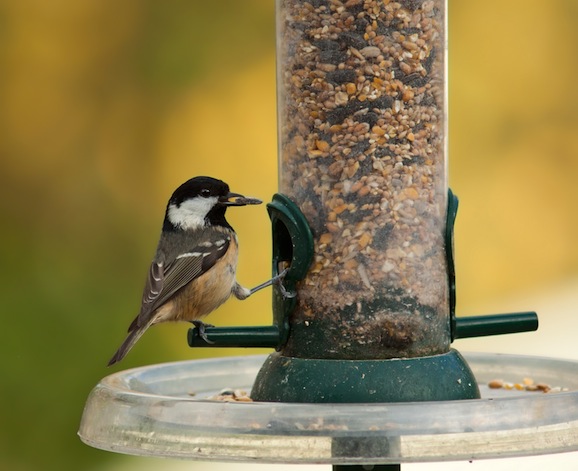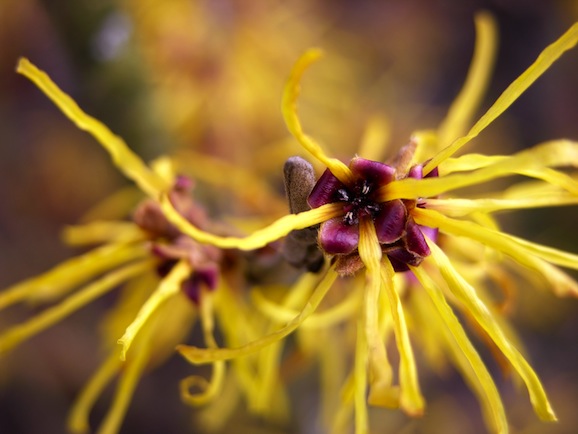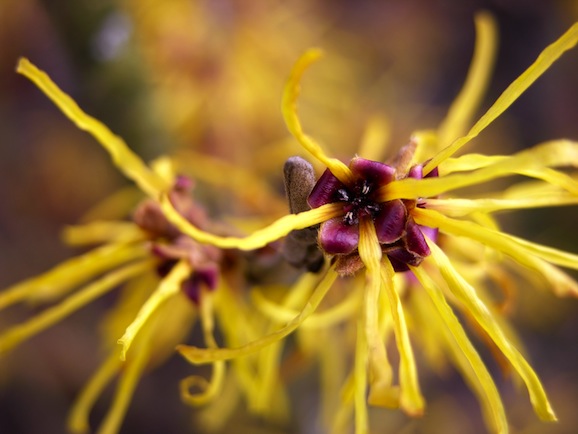Winter is fast approaching now, that’s if it’s not already arrived and it’s time to make sure that anything tender has been covered up or taken inside to protect them against any severe weather.
Protect plants from frost
Get some fleece or fleece bags ready to put over tender plants such as Phormiums, Cordylines, Hebe and Tree Ferns once the frosts arrive. Cover over pools with a small holed netting before the leaves drop and make a mess. Now that most of the herbaceous perennials have finished for the year, cut back the stems to near ground level, leaving a few inches to give clumps some protection against extremes of weather – phlox, lupins, delphiniums. Reduce stem lengths on roses to prevent them rocking and loosening in the winds. Make sure any diseased leaves are cleared up and put into the bin and not onto the compost heap. Once cleaned up, borders can be mulched with compost, well rotted manure or bark.
Its also important to check heaters in glasshouses to avoid any last minute panic. Drain down hosepipes and water features that won’t be used again until next spring, to prevent damage by frosts.
Water house plants less than you would during the summer months, and stop feeding. Empty any water from saucers after 15 minutes. Cyclamen and Azaleas are ideal for the cooler living room, as long as they have good light. Begonias, Kalanchoe and most foliage plants prefer warmer conditions. If plants are close to windows, remove them at night to prevent chilling.
You can still plant
If the weathers not too cold and there’s no frost in the ground, you can still plant any bare root hedging or fruit trees, and for some winter colour in the garden why not plant shrubs such as Witch Hazel, Skimmias or Leucothoe, they’ll all give colour in the drabbest months. If you haven’t finished planting pansies and winter bedding yet, the sooner it’s done now the better, and November is ideal for planting tulip bulbs for colourful displays next spring.
Christmas house plants
As we get to the end of November, many people start to purchase the traditional Christmas house plants. One of the best Christmas plants is the Poinsettia. It gives instant colour in a room. Always buy from a reputable supplier – never from the street or supermarket. They like good light during the day and a warm room at all times. Only water when the soil is dry and never stand in water for longer than 10 minutes. Did you know that in the USA December 12th is National Poinsettia Day? The date marks the death of Joel Roberts Poinsett who introduced poinsettias from Mexico to the USA.
If you have a cooler room the brightly coloured cyclamen will be ideal. They require good light at all times, but cooler temperatures. The most common cause of failure with this plant is overwatering. Only water just as the foliage begins to wilt and make sure that any excess water is removed from saucers after 15 minutes.
Christmas trees
From the end of November, freshly cut Christmas trees will be ready for you to buy. When you get your tree home, put it in a stand or pot that can be kept moist, as warm temperatures and dry air inside make the tree absorb water very rapidly. Keep away from hot radiators, open fires and TV sets. This also applies to rooted trees, especially if you’re planning on planting it in the garden after Christmas.
 Don’t forget the birds this autumn/winter – feed daily, and remember that once it freezes, birds still need a supply of fresh water.
Don’t forget the birds this autumn/winter – feed daily, and remember that once it freezes, birds still need a supply of fresh water.
This month’s tips are provided by Ann Winwood of Lealans Garden Centre, Shipley







